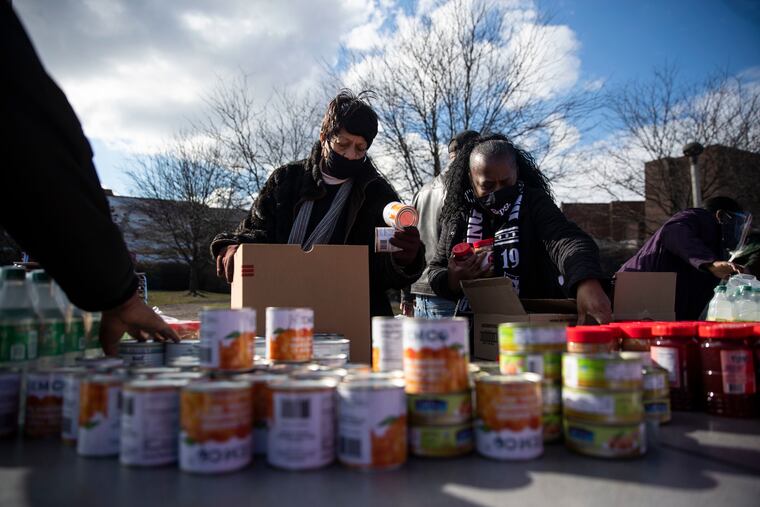Why food insecurity among Generation Z is so much higher than for other age groups
We have found that education, income and race are three of the biggest factors driving food insecurity among America’s youngest generation.

Adult members of Generation Z are experiencing food insecurity at more than twice the rate of the average American, according to our latest consumer food survey. In fact, about 1 in 3 Americans born from 1996-2004 has had trouble affording enough food in 2022.
That compares with fewer than 1 in 5 millennials and members of Generation X, and fewer than 1 in 10 baby boomers.
We run the Center for Food Demand Analysis and Sustainability at Purdue University, and every month, through our Consumer Food Insights survey, we query more than 1,200 Americans with the goal of tracking national food security as well as many other behaviors, attitudes and preferences related to food.
Food insecurity means having a lack of money or other resources for food. And when food insecurity surges, it can take a long time for affected populations to recover. After the Great Recession, which ran from 2007 to 2009, food insecurity increased by 34%. It took a decade for food insecurity to drop to its prerecession levels.
» READ MORE: What is food insecurity? How Philly navigates hunger, food deserts, and access to good food.
With COVID-19, food insecurity increased again, particularly among the most vulnerable groups in society, such as seniors and households with children.
But it also increased for members of Gen Z, who were the most likely to face unemployment due to the pandemic. And for those attending college, the pandemic reduced essential food services on campus and increased the number of students dropping out of school.
Now, with inflation soaring at the fastest pace in 40 years, those who lost jobs during the pandemic and college students with fixed incomes must stretch their limited resources even further at the grocery store.
We have found that education, income and race are three of the biggest factors driving food insecurity among America’s youngest generation. Members of Gen Z without a college degree or whose incomes fall below the federal poverty line have a much higher risk of being food insecure — more than three times the risk of other Gen Z households. The rate of food insecurity among Black and Hispanic Gen Z households is almost double that of white and Asian households.
» READ MORE: Food insecurity rose ‘significantly’ in households with children and among people of color
Other research shows that such factors as marriage and home ownership typically improve food security. Because young people typically aren’t married or homeowners, Gen Z by and large isn’t benefiting from these factors.
In addition, full-time college students are generally not eligible for the Supplemental Nutrition Assistance Program, formerly known as food stamps. Although student eligibility has been expanded during the COVID-19 public health emergency, the paperwork required to apply can potentially discourage young people who have much less experience navigating the government bureaucracy.
Our survey also shows a significant portion of Gen Z — 30% — has relied on free groceries from a pantry, church or other charity.
Prices for food consumed at home are currently jumping at more than 12% a year. That’s the fastest pace since 1979. Our survey data reflect only some of these recent price gains, so it’s unclear yet how much this will affect food insecurity. But what is clear is that Gen Z Americans, like other vulnerable groups, need more support to ensure they can access an affordable diet.
This article is republished from The Conversation.